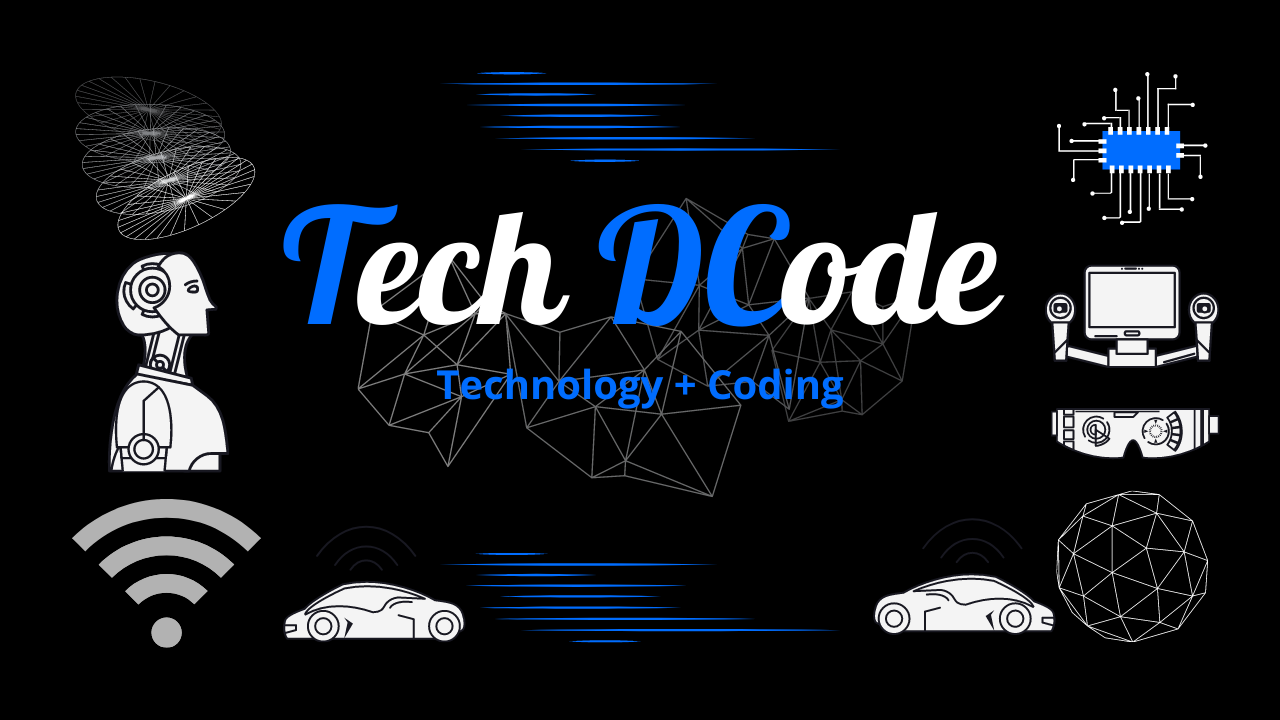Central Processing Unit|| B Tech , BCA , BSc || #ddu #Computer

Central Processing Unit|| B Tech , BCA , BSc || #ddu #Computer
CPU
The Central Processing Unit (CPU) is referred to as the “brain” of the computer system, which converts data (input) into meaningful information (output). It is the most complex computer system component, responsible for directing most of the computer system activities based on the instructions provided. The CPU circuitry of a microcomputer, called a microprocessor, fits on a clip about the size of your thumbnail, or even smaller. The CPU consists of three main subsystems, the Arithmetic Logic Unit (ALU), the Control Unit (CU) and the Registers. The main operations of the CPU includes four phases:
- Fetching instructions from the memory.
- Decoding the instructions to decide what operations to be performed.
- Executing the instructions.
- Storing the results back in the memory.

Basic organization of a computer system
Control Unit
It is the most important component of the CPU. It manages and coordinates the entire computer system. In other words, it acts as a central nervous system for the other components of the computer. It is responsible for the generating control signals to stream line the functioning of the CPU and other units. The control unit determines the sequence in which program instructions are interpreted and execcuted. It controls the flow of data to and from secondary storage devices.
It has some special purpose registers and a decoder to perform these activities. The special purpose registers hold the current instruction and the next instruction to be executed and in this way help the control unit in instruction selection. On the other hand, the decoder has the necessary circuitry to decode and interpret the meaning of each and every instruction supported by the CPU.
Although the control unit does not perform any actual processing on the data, it acts as a central nervous system for the other components of the computer. It manages and coordinates the entire computer system including the input and output units. It obtains instructions from the programstored in the main memory, intreprets the instructions, and issues signals that cause other units of the system to execute them.
Arithmetic and Logic Unit (ALU)
The ALU and CPU is the place where the actual execution of the instructions take place during the data processing operation. The arithmetic unit performs number of calculations and computations. The logic unit used to apply logic, that is, used to compare, certain types of tests and take decisions. All such logicall operations and performed in this unit. This unit has a number of registers and accumulators for short-term storage of data while doing calculations and comparisons.
For example, the control unit might load two numbers into registers in the ALU. Then, it might tell the ALU to add the two numbers (an arithmetic operation), or to check if the two numbers are equal. The ALU also controls the speed of calculations.
Registers
As the CPU interprets and executes the instructions, movemenet of information takes place between the various units of the computer system. In order to speed up thr rate of information transfer, the computer uses a number of special purpose, high-speed temporary memory units called registers.
These registers are used to store the instructions as well as temporary results. The number and types of reegisters in a CPU vary according to the CPU’s design. The length of a register equals the number of bits it can store. Thus, a register that can store 8 bits is normally referred to as an 8-bit register. Their size (capacity) and number can dramatically affect the processing power of a computer system. In general, the larger the register, the greater the processing power. Some of the common registers and their functions are given below:
- Memory Data Register (MDR) It is used for storing the operands and other data.
- Memory Address Register (MAR) It holds the address of the next location in memory to be accessed.
- Accumulator (A) It is a general-purpose register used for storing temporary results and results produced by arithmetic and logical unit.
- Instruction Register (IR) It holds instruction to be decoded by the control unit.
- Program Counter (PC) It holds the address of the next instruction to be executed.

Thanks for reading this blog. Hope you get satisfied with the blog and definitely this blog must have valued your time and effort of reading.
Take a time to connect our other digital creations such as Instagram , Facebook and Youtube.















[…] Central Processing Unit – Control Unit : click here […]